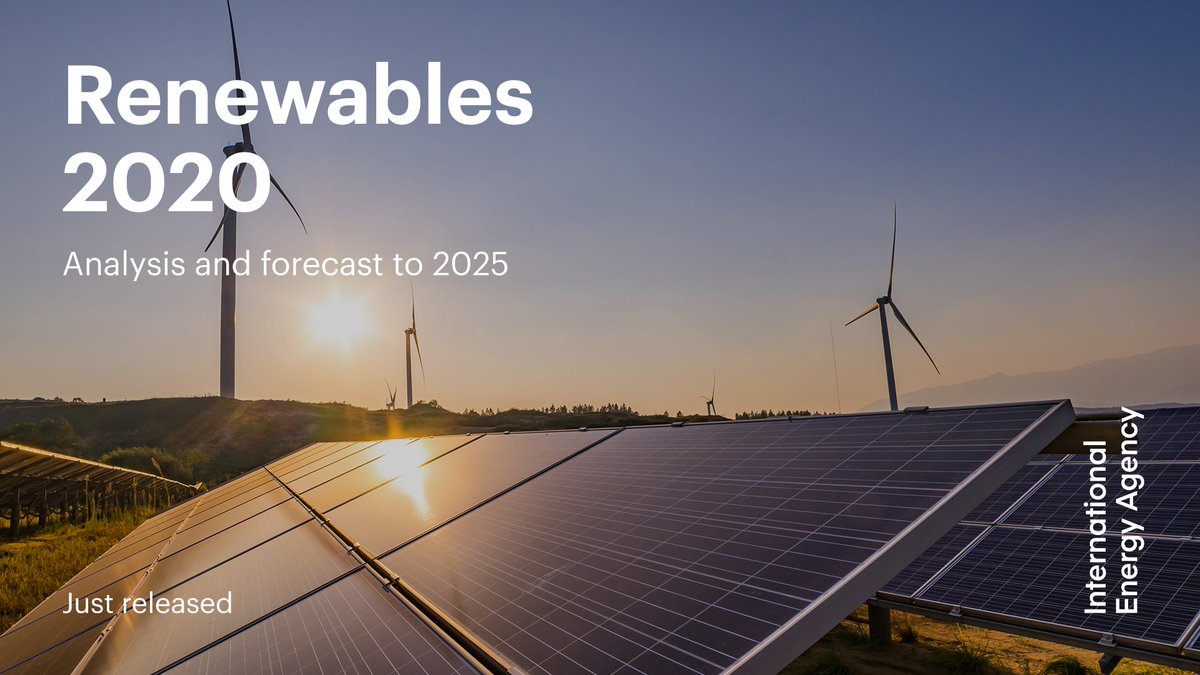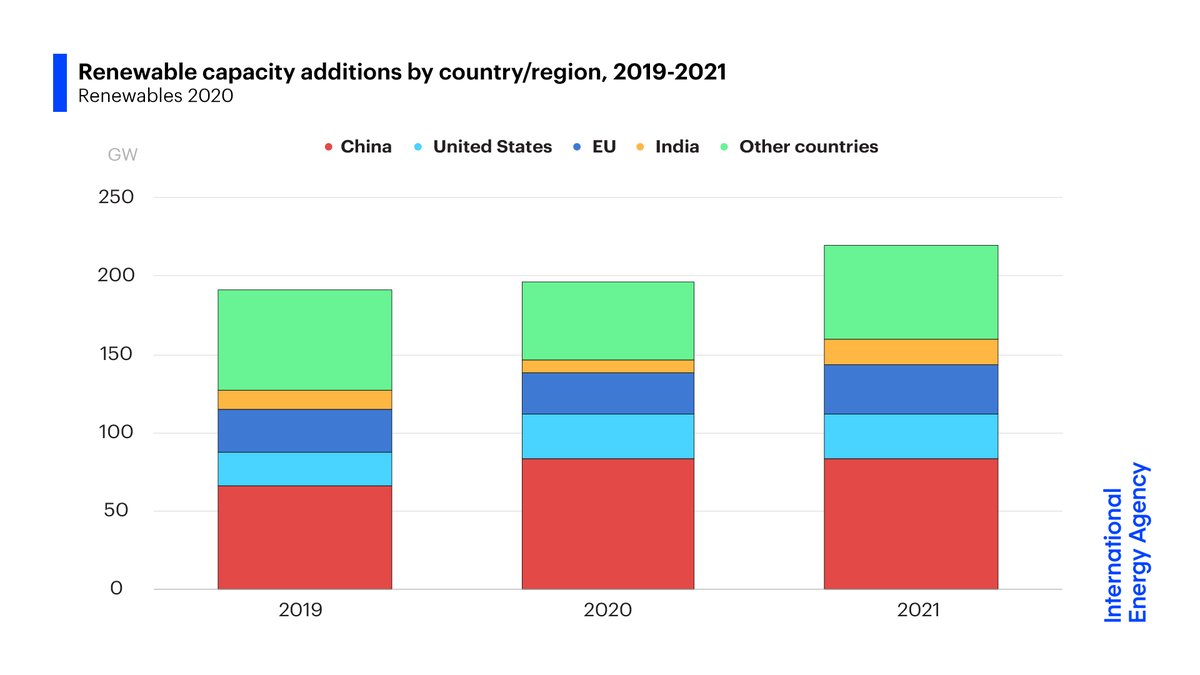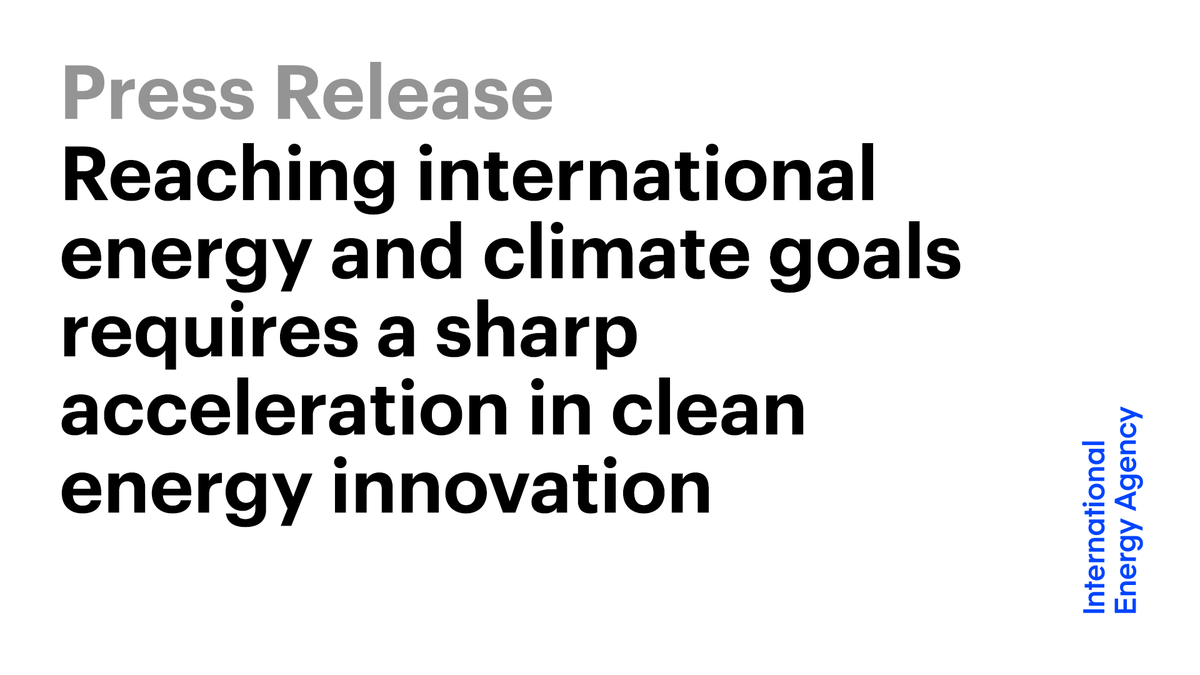
Our new India Energy Outlook is out!
India is set to see the largest rise in energy demand of any country in the next 20 years. How it meets this increase will have major consequences for its people, its economy and global energy & climate trends.
More: iea.li/36Wou6B
India is set to see the largest rise in energy demand of any country in the next 20 years. How it meets this increase will have major consequences for its people, its economy and global energy & climate trends.
More: iea.li/36Wou6B
India has made stunning progress in recent years, bringing electricity to vast numbers of people & rapidly expanding solar & other renewables
The @IEA report shows India now has a huge opportunity to develop its economy further while avoiding the high-carbon path taken by others
The @IEA report shows India now has a huge opportunity to develop its economy further while avoiding the high-carbon path taken by others
More than any other major economy, India’s energy future depends on buildings & factories yet to be built, and vehicles & appliances yet to be made
Based on India’s current policy settings, nearly 60% of its CO2 emissions in the late 2030s come from things that don’t exist today
Based on India’s current policy settings, nearly 60% of its CO2 emissions in the late 2030s come from things that don’t exist today

India faces a range of evolving energy security challenges.
Based on today’s policy settings, its combined import bill for fossil fuels is projected to triple over the next 20 years, with oil by far the largest component.
Read more ➡️ iea.li/3rzsYIh
Based on today’s policy settings, its combined import bill for fossil fuels is projected to triple over the next 20 years, with oil by far the largest component.
Read more ➡️ iea.li/3rzsYIh

Strongly expanding clean energy in India can move it toward lasting prosperity & greater energy security.
It’s a massive project requiring big leaps in innovation & extra investment of $1.4 trillion over the next 20 years. But it would save a similar sum on 🇮🇳's oil import bills
It’s a massive project requiring big leaps in innovation & extra investment of $1.4 trillion over the next 20 years. But it would save a similar sum on 🇮🇳's oil import bills

The stakes could not be higher, for India and for the world. All roads to successful global clean energy transitions go via India.
Through our deepening relationship, @IEA is committed to supporting India as it makes its sovereign choices on how to build a brighter energy future
Through our deepening relationship, @IEA is committed to supporting India as it makes its sovereign choices on how to build a brighter energy future

For more insights from @IEA’s new India Energy Outlook 2021, join me and lead author @tgouldao at our livestreamed launch event at 10am CET / 2:30pm IST: iea.li/39YnoJr 

• • •
Missing some Tweet in this thread? You can try to
force a refresh







